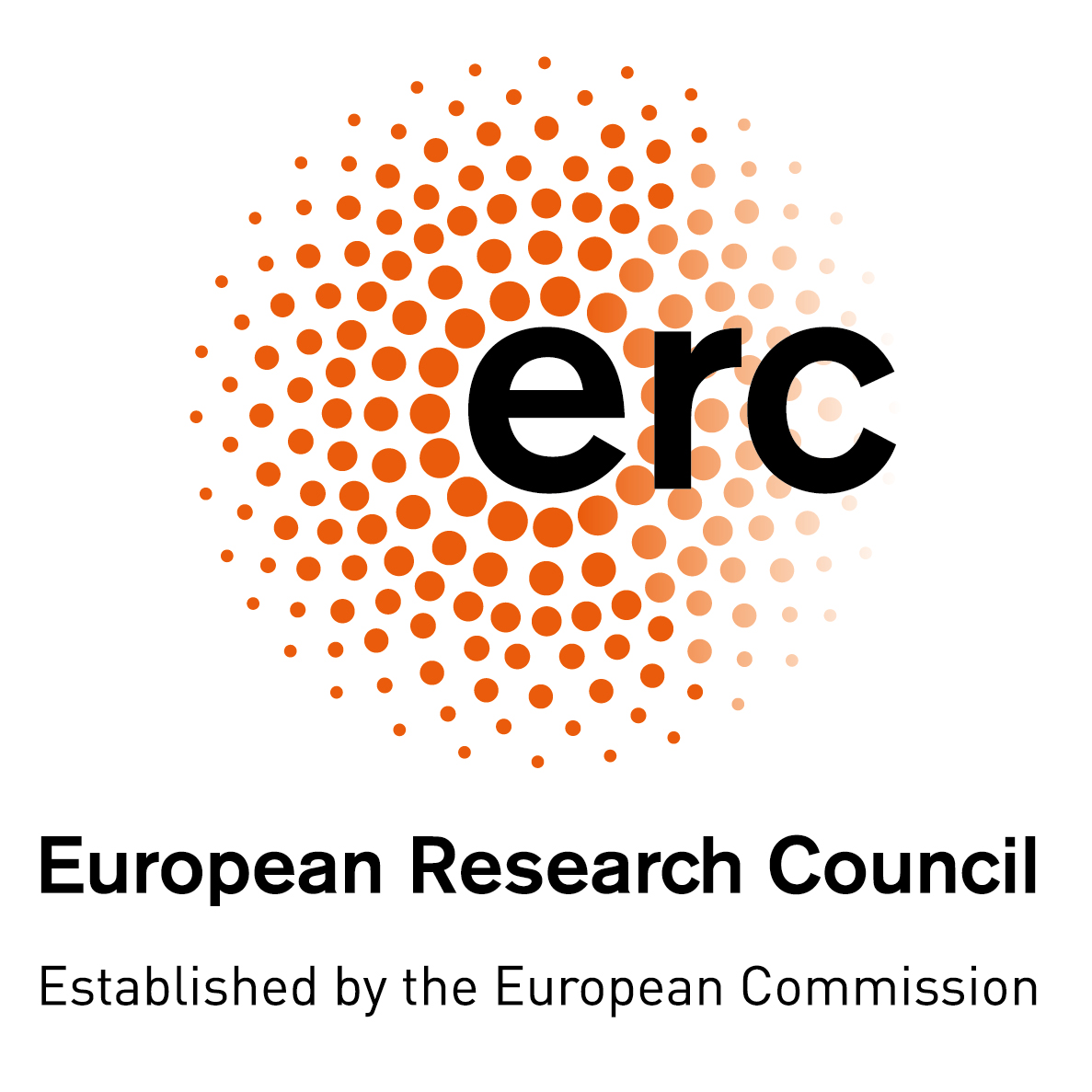

-
Engineering and technology
- Ceramic and glass materials not elsewhere classified
- Computational materials science
- Destructive and non-destructive testing of materials
- Materials science and engineering not elsewhere classified
- Metals recycling and valorisation
Raw materials scarcity and the geographical dependency for critical materials is a growing concern within the EU. As demands for materials and minerals keeps on increasing, directing our view to space becomes an option to be considered. Humankind has continued to expand its reach beyond Earth, for which establishing a permanent base on the Moon is necessary. Launching technology has a large economic and ecological footprint. Producing resources, such as metals, cement-like materials and oxygen, in situ on other planets is thus required and should happen in a sustainable way. But testing the processes under the relevant conditions is time-consuming and expensive or, if executed on Earth, impossible. This is currently limiting further developments of these processes. Modelling can play a pivotal role in this. But the limited previous research did not focus enough on correct input data or experimental validation.
The current proposal will for the first time develop a terrestrial methodology to enable the design of a method to produce metal, oxygen and concrete- or glass-substitutes from lunar regolith with solar-produced electricity on the Moon. This combination of resources being extracted will enable the development of a waste-free in-situ resource utilisation process on the Moon without the need for extra reactants.
For this, several important aspects are currently unknown and will be investigated in detail: metal and oxygen extraction, heating, mixing and castability of molten oxide and glass formation from molten oxide. To take into account the lunar gravitation, which is experimentally practically impossible to do, the combined modelling-experimental approach in the proposed research is essential and to be applied for the first time in this context. The process is first investigated under terrestrial conditions, both experimentally and with a model, which is validated with the experiments. The validated model is then adapted to lunar gravity.